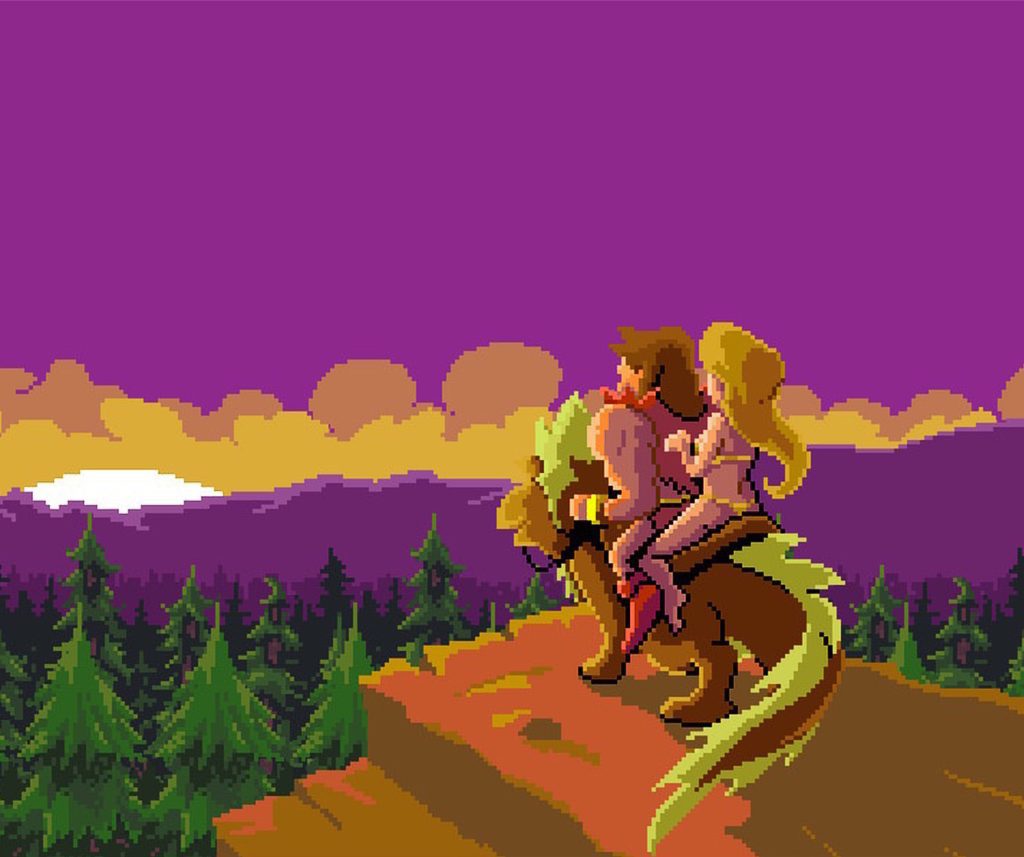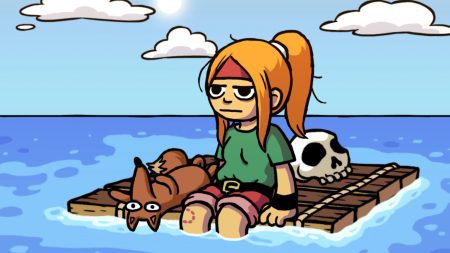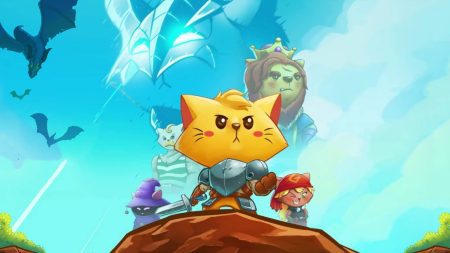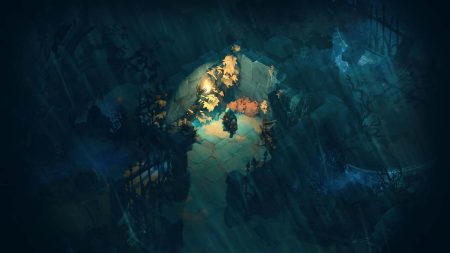Tiny, But Deadly
Difficulty in games has had a long and storied history. During the eighties and nineties, a hard difficulty was an integral part of the experience. The Legend of Zelda unleashed players out into its sprawling world with nary so much of a hint of how to progress. A physical, tie-in map and the occasional Nintendo Power tip were just about the only tools gamers had to help see Link’s journey through to the end. At the same time, franchises like Mega Man and Castlevania spawned successful sequels based on the principles of tight, precision gameplay and tough-but-fair level design and bosses. And for those seeking truly hardcore experiences, games like Battletoads and Ghost n’ Goblins offered hair-pulling difficulty that required time, patience, and dedication to fully master.
Nowadays, it’s rare to see the same level of difficulty in video games. While Demon’s Souls and Super Meat Boy pioneered a modern movement valuing tougher levels, less hand-holding, and stricter penalties for death, gaming as a whole has changed quite a bit over the past 35 years. Games like The Last of Us and Gears of War offer cinematic experiences that scale back difficulty as a means of allowing gamers of all types to appreciate its story and characters. Single-player campaigns are longer and more dynamic than they’ve ever been, providing challenge in new and exciting ways compared to the short, tough-as-nails games of old. Add to this competitive and cooperative multiplayer suites, and gamers are constantly being given unique ways to experience their games outside of pure, balls-to-the-wall difficulty.
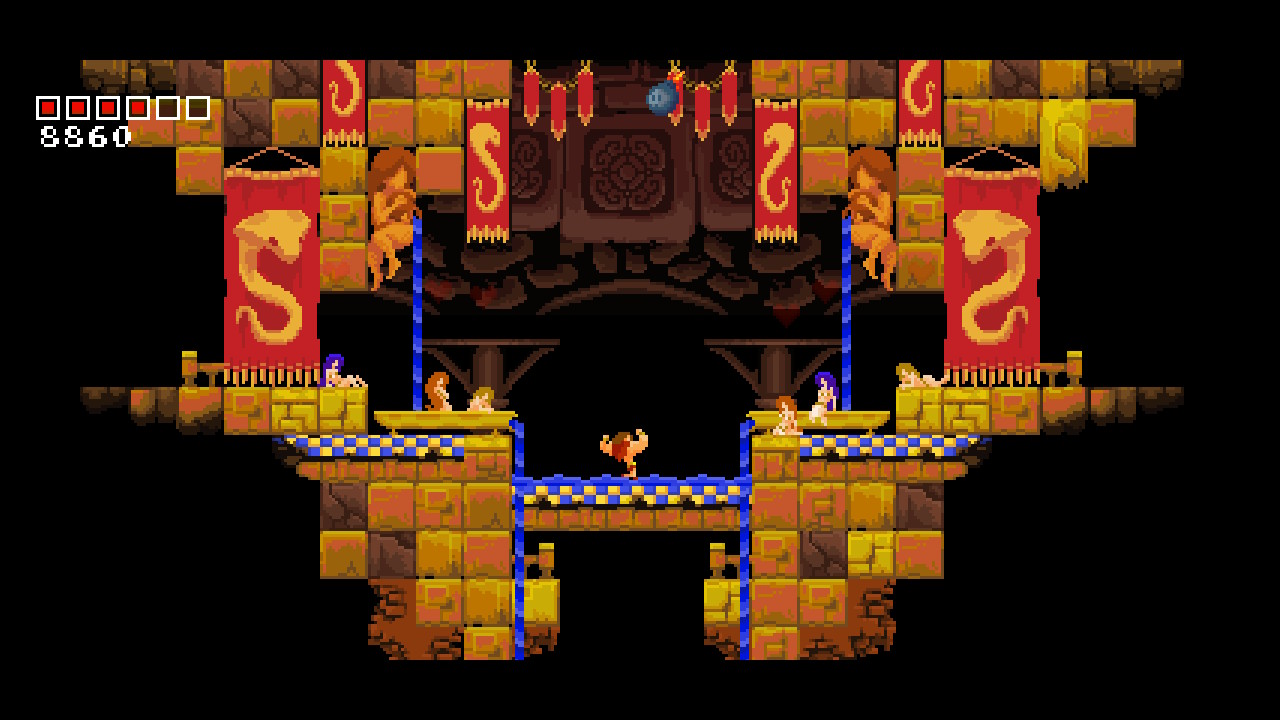
Here Comes The Barbarian
Tiny Barbarian DX, developed by StarQuail Games and published by Nicalis, eschews this mindset in favor of something that can only be categorized as classic gaming hell. Taking a page from old, retro games, Tiny Barbarian DX offers pulse-pounding platforming action alongside devilishly formidable boss battles to make for an experience that isn’t conquered easily. Initially released in 2013 as an episodic platformer divided into four chapters, 2017’s Tiny Barbarian DX represents the final, complete package of episodes for PC and Nintendo Switch.
With its tight platforming, varied levels, and phenomenal chiptune soundtrack, Tiny Barbarian DX is a fun and challenging experience that will resonate with older, battle-tested gamers. However, frustrating difficulty spikes, poor vehicle controls, and a lack of accessibility for casual players make it a much more restrictive and exclusive experience than it deserves to be.

Our Princess Is In Another Castle!
Tiny Barbarian DX is old-school 2D platforming at its very finest. Upon booting up the game, players are greeted with a pixelated backdrop of strewn corpses, spiked skulls, and dark clouds. After fighting off hordes of enemies in a fun take on “endless mode,” a thumping bass line fades in as the title font for Tiny Barbarian DX dramatically flashes on-screen.
The charm and intensity of this brief introduction sets the stage for what is a tense and exhilarating journey through Tiny Barbarians DX’s four campaign chapters. As a barbarian armed only with a sword and his own brute strength, players navigate deadly environments filled with snakes, birds, and traps in order to save the protagonist’s kidnapped lover. Of course, the barbarian’s adventure is rarely an easy one, and just when he thinks he’s rescued his sweetheart for good, she ends up kidnapped again, in a different hideaway than before.
While the story pays playful homage to Super Mario Bros., the gameplay of Tiny Barbarian DX shares much more in common with Mega Man and beat-em-ups like Teenage Mutant Ninja Turtles than anything else. For the better part of its 8 to 10-hour run-time, expect to navigate treacherous walkways, make death-defying leaps of faith, and scour the environment for scraps of meat to replenish your 6-life health bar.
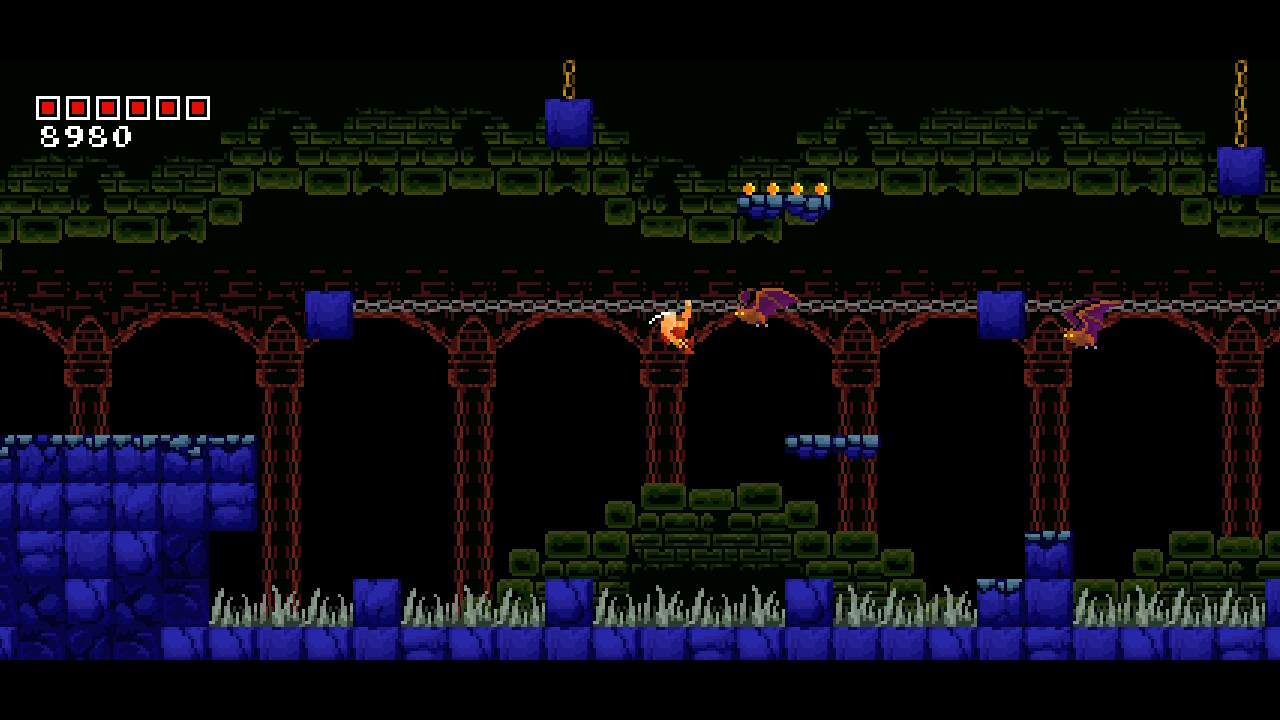
Variety And All Of Its Spices
One of Tiny Barbarian DX’s greatest qualities is its ability to mix up gameplay formulas throughout its brisk campaign. I never found myself doing the same thing twice, whether it be swinging from tree vines to running from a rogue, runaway boulder. Each one of the game’s many levels feels unique, a testament to the job the developers at StarQuail did when crafting each of these exotic landscapes.

Of course, varied moments wouldn’t be worth seeing if the base gameplay doesn’t hold up. Thankfully, Tiny Barbarian DX also delivers on this front, as its levels are complemented by tight and precise platforming controls. As the barbarian protagonist, players have access to a small but versatile move-set, including lunge attacks, aerial slices, and a drop attack. Properly using these attacks against enemies, all while navigating the dangerous pits and traps of Tiny Barbarian DX makes for some of its greatest moments.
And while its ties to Super Mario Bros. are present at the outset of game, there are many more familiar surprises and Easter eggs to be found throughout Tiny Bararian DX, from Donkey Kong and God of War to even touches of Metroid. While I don’t wish to spoil these moments—a late-game audible in chapter 4 will go down as one of gaming’s coolest bait-and-switches—know that they are well worth experiencing.
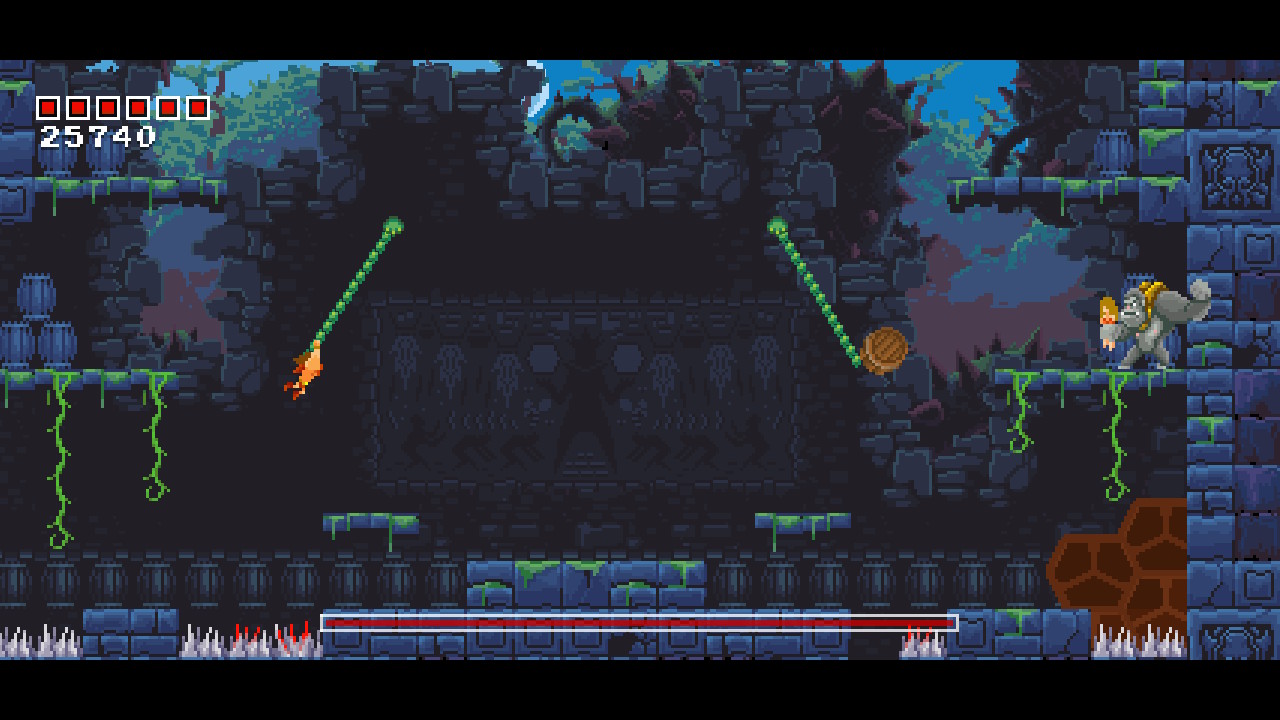
An Arduous Journey
Although Tiny Barbarian DX offers plentiful memorable moments, it can be a struggle to actually witness them. This is due, in large part, to the game’s soul-crushing difficulty at many points during the campaign.
While platforming segments are generally tough but fair, I came across a few rooms that nearly sucked the life out of me. Like Super Meat Boy and past Mega Man games, memorization of the terrain and its pitfalls is absolutely key to progressing in Tiny Barbarian DX. That said, the game often walks the line between challenge and frustration, settling on frustration more times than I would have liked.
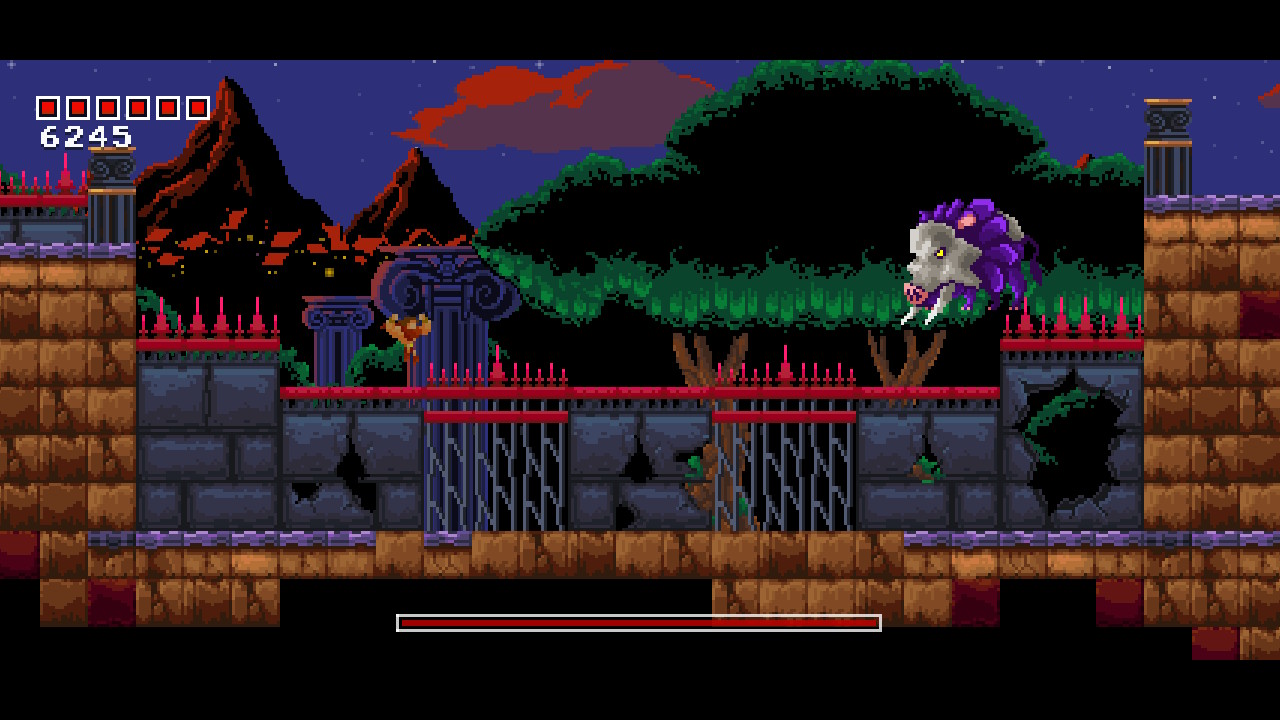
Nowhere else in the game is this more apparent than with Tiny Barbarian DX’s boss battles. While these level-ending set pieces share the same extraordinary variety found during the game’s platforming segments, they also provide some of the most difficult moments I’ve had in a video game. Some, like a flying, star-flinging magician or a beam-firing ooze-monster, are manageable once you learn their attack patterns and exploit their vulnerabilities. Others, like a certain gorilla who fancies throwing barrels down crowded corridors, are far more frustrating. As a result, many of these encounters came down to spamming attacks while relying on luck to avoid fatal damage, as opposed to thinking about and calculating my next moves.
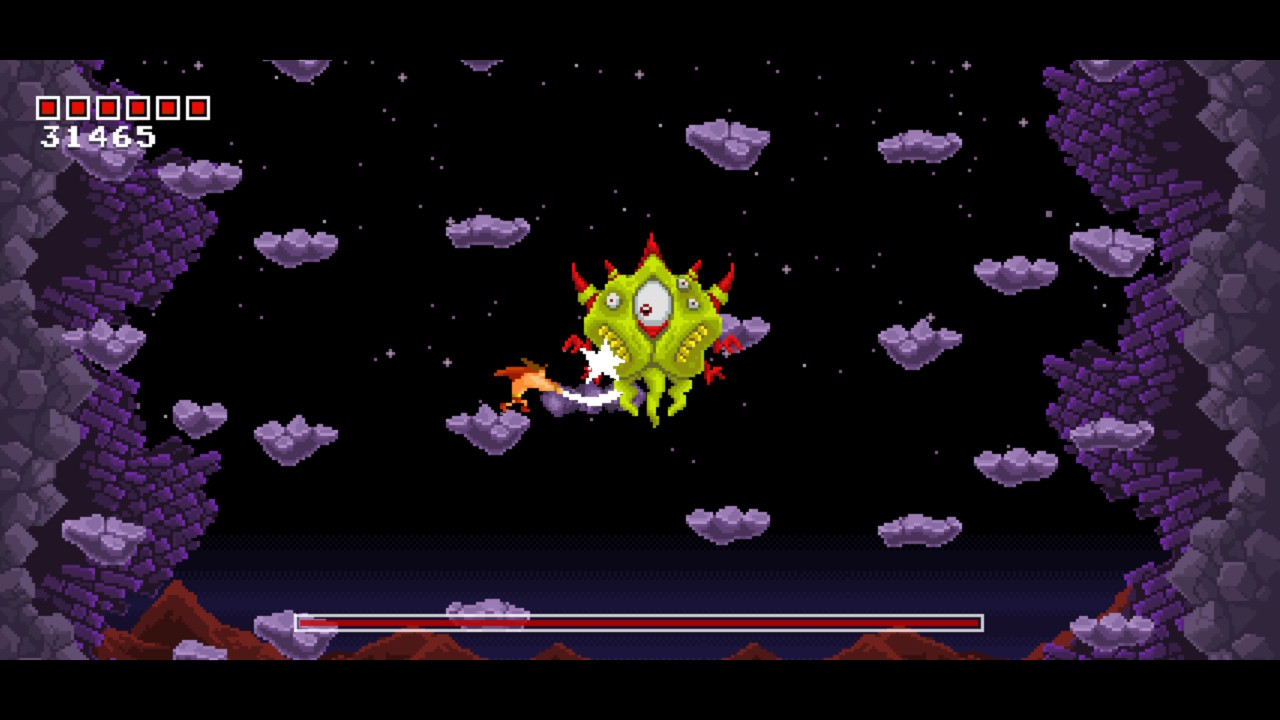
Adding to the frustration of these bosses is Tiny Barbarian DX’s unwieldy “vehicle” controls—I use the word vehicle here for lack of a better word. Over the course of the game, players encounter a wide range of animals they can tame and ride, from killer bees to rodent-like mounts. While these segments should feel fresh and inventive, they’re held back by awkward movement and a lack of overall precision. Even worse, several boss battles take place while atop some of these creatures, making for a double-dose of unnecessary frustration.
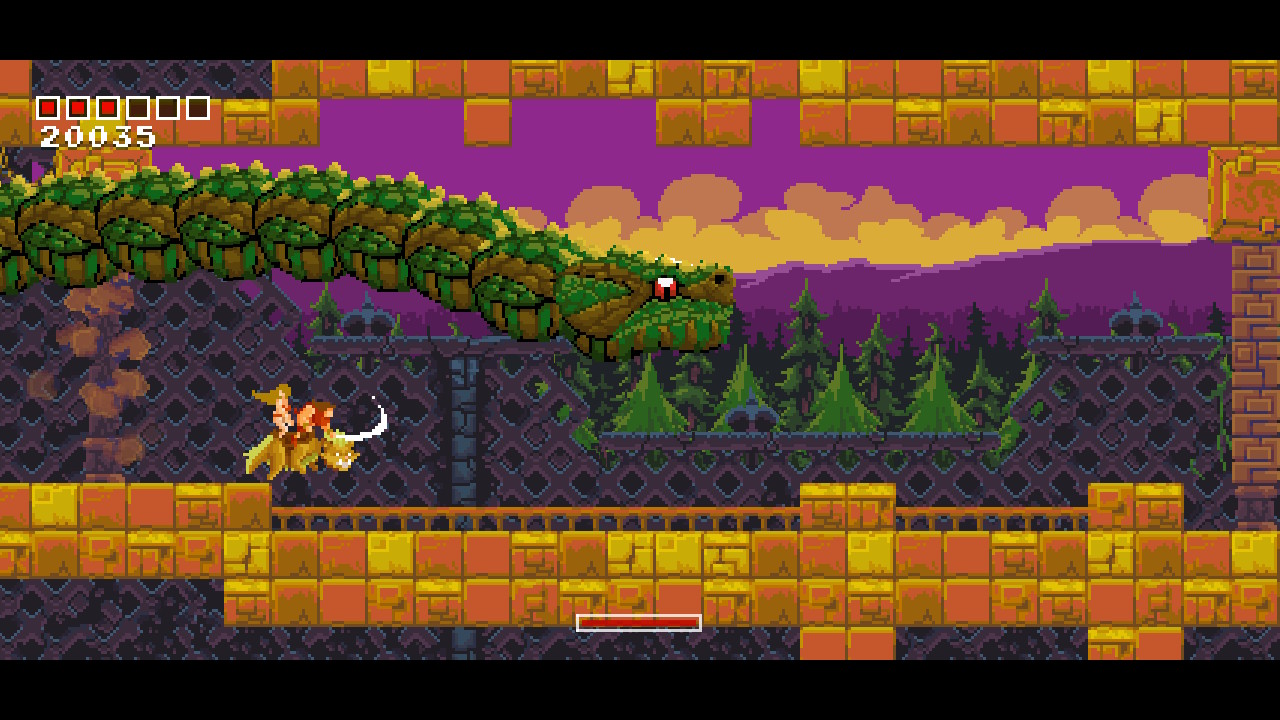
Shovel Knight This Isn’t…
I say “unnecessary,” of course, in large part because of how much gaming has grown since the early eighties. 35 years ago, it might have been customary—perhaps even desirable—to make games more difficult in order to prolong an experience and give gamers more bang for their buck. Fast forward to 2017, however, and it’s clear that the newer generation of gamers are accustomed to more forgiving gameplay segments, whether that be through generous checkpoints, regenerating health, or multiple difficulty settings. In an age where both generations of gamers exist, surely it’d be impossible to cater to both at the same time?
Shovel Knight from Yacht Club Games is an excellent example of a game that does just that. While the game doesn’t offer multiple difficulties, it achieves a similar effect by allowing harden veterans the option to destroy checkpoints with the incentive to earn more gold (and a higher score) upon completing a level. Similarly, games like Bastion and Transistor allow players to tweak their gameplay experience as needed to make the experience as easy or as hard as desired. All of this amounts to a gaming experience that casual and hardcore gamers alike can enjoy, without having to value one camp over the other.
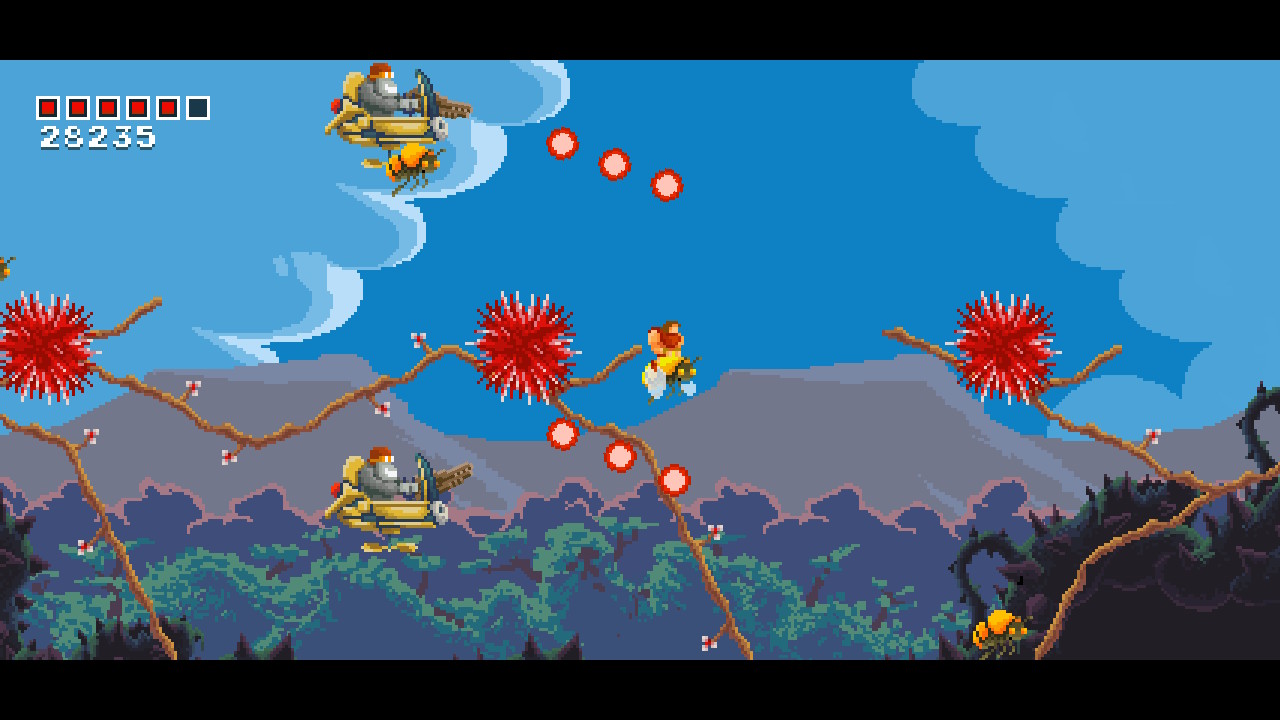
Tiny Barbarian DX isn’t like Shovel Knight, or Bastion, or Transistor. While the core experience here is something that will undoubtedly scratch the itch of gamers looking for old-school NES platforming goodness, its frustrations seek to alienate those who might have otherwise enjoyed it. This is ultimately a shame, as a couple of tweaks to the overall gameplay experience—such as an “Easy Mode” where players’ have increased health and bosses have less—would have made for an enjoyable adventure in which all interested parties could partake. Instead, we’re left with a solid, but flawed, game that will surely please its intended audience, but not much else.
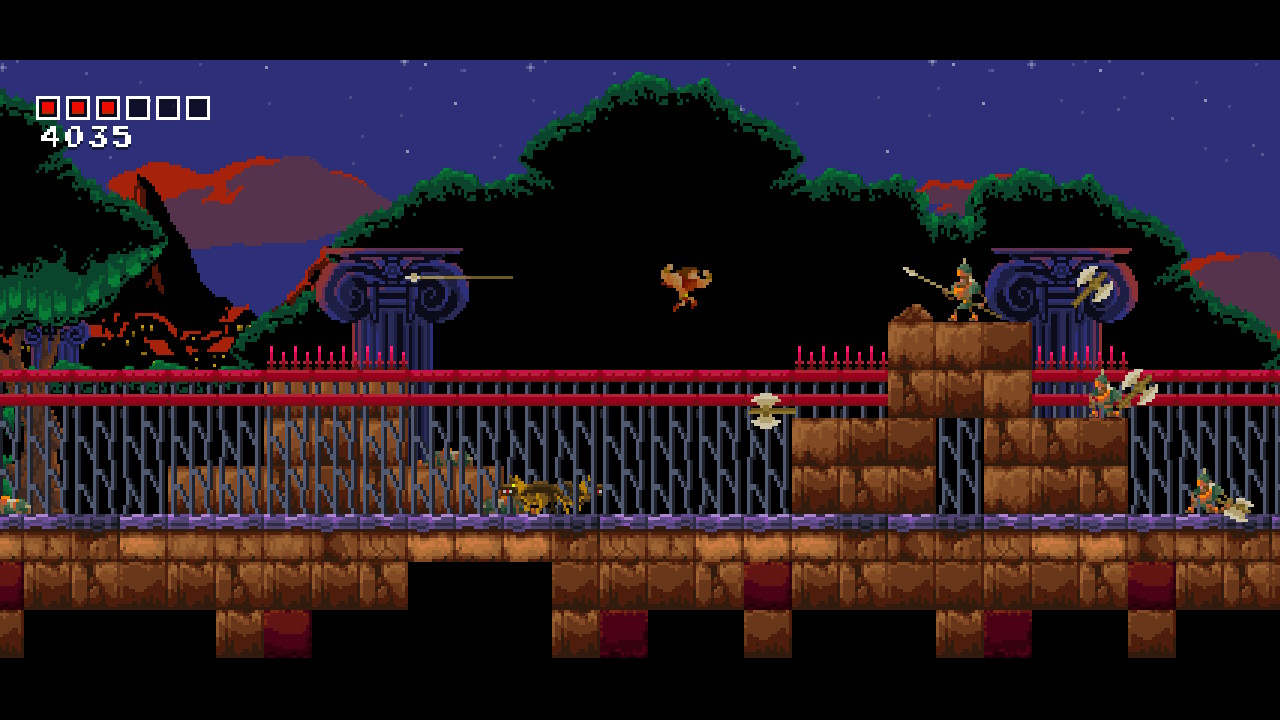
…Well, Except For The Music
While Tiny Barbarian DX might not offer the same accessibility as Shovel Knight, there is one thing both games share: incredible music. Composed by Jeff Ball, the soundtrack for Tiny Barbarian DX is a hard-hitting, feverish mix of catchy, chiptune beats and lively melodies. While chiptune music isn’t a new development in the world of gaming, what stood out to me most was the consistency of quality tracks on display in Tiny Barbarian DX. Each track feels lovingly crafted for optimal “grooviness,” an accolade that immediately made me think of Jake Kaufman’s work on the soundtrack for Shovel Knight.
Although it’s possible there’s no correlation between the two works—they’re both ultimately based on 80s and 90s games, after all—the fact that I’m comparing the two to one another illustrates just how good the music of Tiny Barbarian DX happens to be. Even if you don’t end up buying the game, consider picking up a copy of the album!
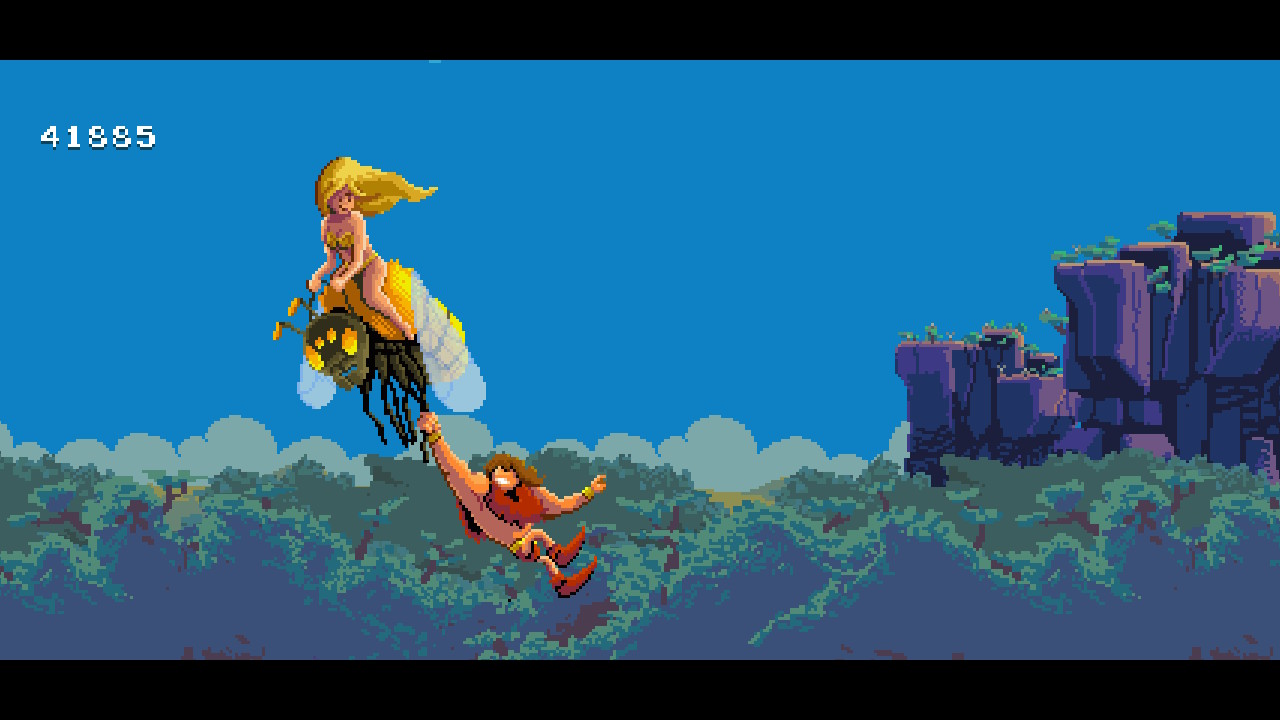
Final Thoughts
Despite my criticisms, I enjoyed my time playing Tiny Barbarian DX. Its four-chapter campaign is a delightful voyage through land, sky, and space that left me exhausted, yet satisfied. Its steep difficulty spikes, especially when fighting its many bosses, may have left a sour taste in my mouth on more than one occasion, but there’s something oddly special about overcoming its adversity and reaching the top of its (metaphorical, yet very real) mountain.
Come for the platforming; stay for the excellent set pieces and charming music. Tiny Barbarian DX is a fun adventure that hardcore platforming veterans should think twice about before overlooking, and makes for an interesting addition to the PC and Nintendo Switch library. Just… be prepared to die a lot. Hundreds of times, most likely.
Score: 7.8/10
David is the founder of The Punished Backlog. He has a problem finishing games he starts.
Just beat: Donkey Kong Bananza.
Working on: Hollow Knight: Silksong.
Can't wait for: Metroid Prime 4: Beyond.
Follow David on Twitter at @David_Silbert to keep up to date with all things The Punished Backlog.


